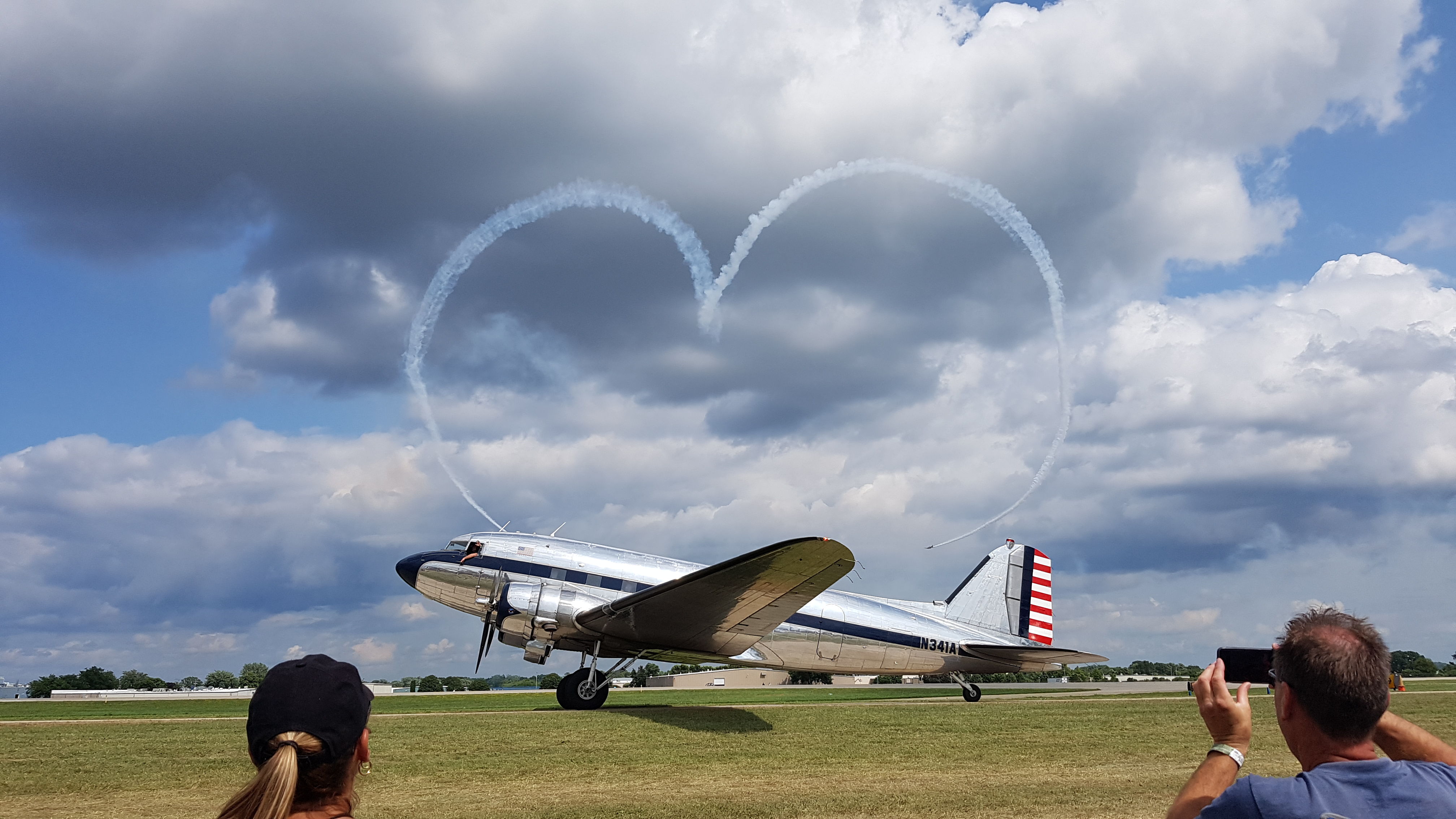This page was created by Jonas Pfeiffer.

The aim of this section is to demonstrate the extreme maneuverability and versatility of airplanes
as such.
As I have been fortunate enough to see some of the content below in person, I find it stunning that
the same mode of transport can on the one hand be able to transport 575 passengers across the
Atlantic in an economically viable fashion
and on the other hand can maneuver three dimensionally and even climb vertically in some instances.
I have fallen in love with aviation a long time ago, but even if you (so far) haven't I hope the following will be enjoyable watching.
Bob Hoover is one of my biggest aviation heroes. He
has often been described as the pilot's pilot and his aerobatic abilities are legendary.
He used to do things in everyday aircraft that others couldn't in aerobatic ones. His autobiography
is probably my all time favorite book.
One of his signature maneuvers was pouring ice tea while rolling his aircraft without spilling a drop. He did this by maintaining an acceleration of +1g throughout the roll. The airplane he used was a Shrike Commander.
Here is another version of the stunt
featuring the great man himself (albeit in bad quality - sorry!).
Another specialty of his were engine-out aerobatic routines. Using what he called his energy
management techniques, he was able to perform aerobatic maneuvers such as hesitation rolls and even
loops with feathered
propellers.
Having fought and been shot down by as well as escaped from the Nazi-German Luftwaffe, Bob Hoover
turned test pilot (back-up pilot to Chuck
Yeager for the first supersonic flight of mankind) and started to fly airshow displays.
Having battled the Federal Aviation
Administration (FAA) for nearly a decade over his medical
certificate and having flown under an Australian license in the mid-90s, his aerobatics career ended
in 1999.
He died on October 25, 2016 at the age of 94.
After covering this more delicate approach to aerobatics, I want to introduce you to something more
brutal.
Given a sufficient amount of power, aircraft can do an array of pretty mad things.
The Yak-110 consists, essentially, of two Russian aerobatic planes
welded together and fitted with a jet engine for good measure.
Thusly equipped, it joins the club of airplanes with a thrust to weight ratio of greater than
one. Such
aircraft (as the F-15 Eagle fighter
jet) are
able to climb vertically as seen here.
Another power dependent maneuver is the Lomcovák. This non-competition maneuver is not based on
aerodynamic controls, but rather on the torque of a propeller and piston engine configuration.
In task nine of chapter one, the Pugachev's
Cobra maneuver is referenced. This maneuver consists of a fast pitch up to an angle of attack of
between 90° and 120°.
The pilot must then increase the thrust to compensate the missing lift in this post-stall scenario. In this
attitude, the drag from the fuselage creates a pitching moment causing the aircraft to pitch forward again.
It is then possible to return to level flight.
As this maneuver is very demanding on the airframe, it can only be safely flown by fighter aircraft (mainly
Russian ones as the Sukhoi Su-27 family). Its use
case is very limited and the only proposed real world one is as a last ditch effort to switch from prey to
hunter in a dogfight.
Because of this, the Cobra is mostly used in airshows and other demonstrations.
After witnessing delicacy and brutality, I want to introduce you to grace and precision.
Patty Wagstaff is a three time US National Aerobatic Champion and Airshow pilot. She is an enshrinee of the National Aviation Hall of Fame and has been featured in multiple installations of Microsoft Flight Simulator.
Some things I found interesting, but didn't know where to put.
The image at the top of the page shows a Douglas DC-3 taxying past a heart painted in the sky by an aerobatic plane. This picture was taken at AirVenture 2018. The AirVenture is the biggest airshow in the world and is held annually at Wittmann Regional Airport in Oshkosh, WI. Tickets can be found on the official website.